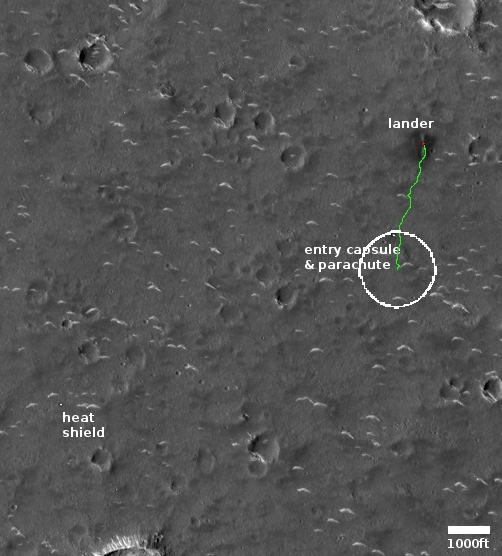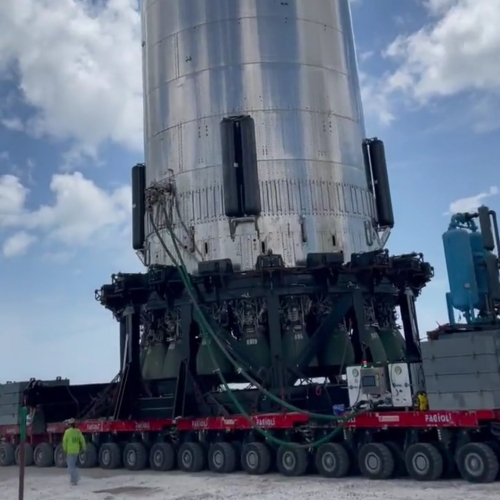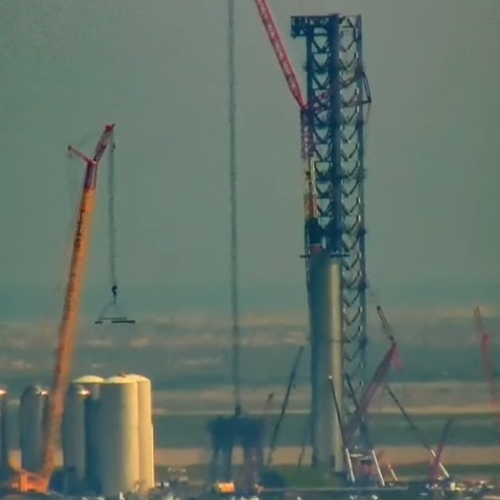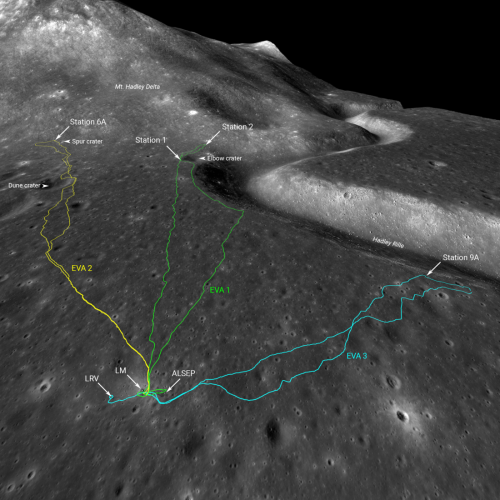China gives vague hints about its manned lunar lander
According to this Space News article today, China has recently allowed some tantalizing hints become public about its plans to build a manned lunar lander.
The brief news report from Xiamen University School of Aeronautics and Astronautics July 1 (Chinese) names individuals leading projects pertinent to China’s human lunar landing plans and notably refers to the landing project as a “national strategy”.
…The report names Yang Lei as “chief commander of the crewed lunar landing vehicle system” at the China Academy of Space Technology (CAST), a subordinate to the state-owned space and defense contractor China Aerospace Science and Technology Corp. (CASC). Yang was accompanied for the visit to Xiamen University by the project’s deputy chief commander and another involved in CAST’s new-generation crew spacecraft developed for deep space journeys. Other CASC subsidiaries are working on a new human-rated launch vehicle.
No details of the lander were provided during the meeting, in which current progress and future plans for human moon landings were presented. A number of slides were published but were intentionally blurred out.
Such secrecy is not unusual for China. It is one of the reasons it opposes the Artemis Accords, which require a transparancy in plans that China does not wish to give.
The secrecy however suggests that while they have now named the individuals in charge of the project, they have not yet settled on their design for that lander, and are exploring options. Based on long term schedule for lunar exploration that China and Russia have jointly announced, the first manned landings are planned sometime after ’26.
To meet that schedule they need to get moving on building that lander, now. This story suggests they are now gearing up to do that.
According to this Space News article today, China has recently allowed some tantalizing hints become public about its plans to build a manned lunar lander.
The brief news report from Xiamen University School of Aeronautics and Astronautics July 1 (Chinese) names individuals leading projects pertinent to China’s human lunar landing plans and notably refers to the landing project as a “national strategy”.
…The report names Yang Lei as “chief commander of the crewed lunar landing vehicle system” at the China Academy of Space Technology (CAST), a subordinate to the state-owned space and defense contractor China Aerospace Science and Technology Corp. (CASC). Yang was accompanied for the visit to Xiamen University by the project’s deputy chief commander and another involved in CAST’s new-generation crew spacecraft developed for deep space journeys. Other CASC subsidiaries are working on a new human-rated launch vehicle.
No details of the lander were provided during the meeting, in which current progress and future plans for human moon landings were presented. A number of slides were published but were intentionally blurred out.
Such secrecy is not unusual for China. It is one of the reasons it opposes the Artemis Accords, which require a transparancy in plans that China does not wish to give.
The secrecy however suggests that while they have now named the individuals in charge of the project, they have not yet settled on their design for that lander, and are exploring options. Based on long term schedule for lunar exploration that China and Russia have jointly announced, the first manned landings are planned sometime after ’26.
To meet that schedule they need to get moving on building that lander, now. This story suggests they are now gearing up to do that.





